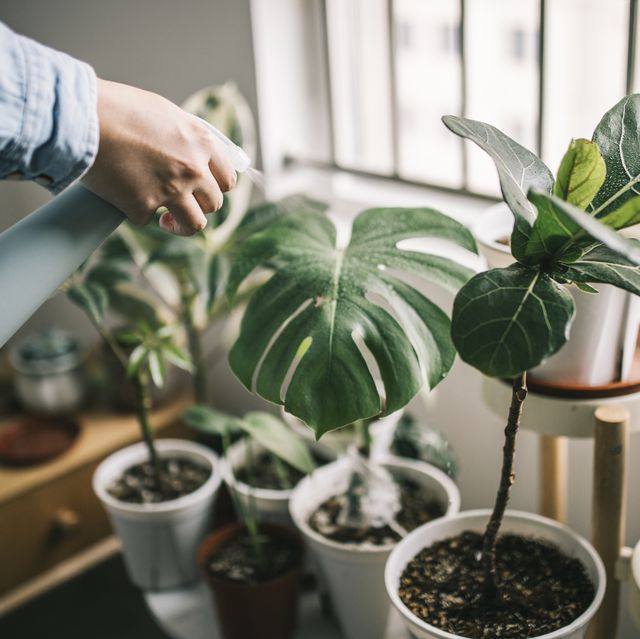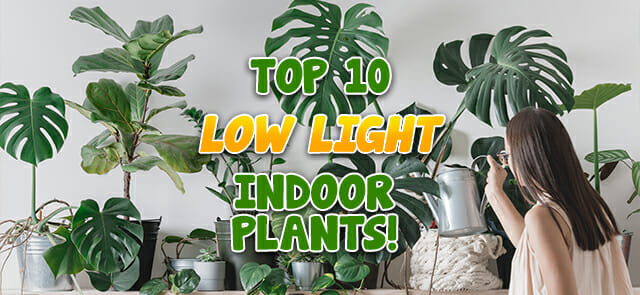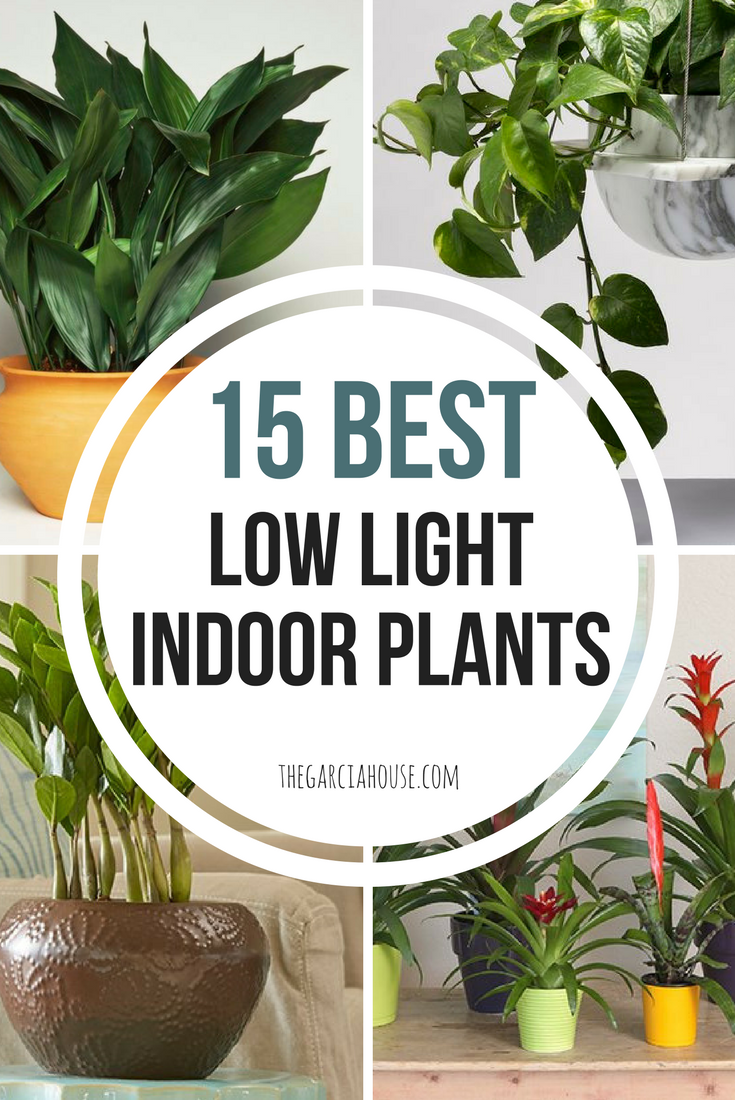Transform Your Home With Beautiful Low-Light Indoor Plants and Their Benefits
Including low-light indoor plants right into your home can substantially boost both the aesthetic and environmental quality of your home. These plants, which grow in dark problems, offer not only as ornamental elements but likewise as natural air purifiers, making them perfect for urban dwellers or those with minimal sunshine direct exposure. As we check out the different sorts of low-light plants and their benefits, you might locate unusual methods to integrate them right into your home that can change your environments in ways you might not have actually expected.
Advantages of Low-Light Plants
Low-light plants offer many advantages for indoor environments, making them a superb selection for both novice and seasoned gardeners. One of the primary benefits is their flexibility to low-light problems, allowing people to improve their space without the requirement for considerable sunshine exposure. This characteristic makes them ideal for apartment or condos, offices, and other areas with minimal natural light.

Furthermore, integrating low-light plants right into home decor can boost the aesthetic appeal of an area. Their rich vegetation and differed appearances produce a relaxing environment, adding to general wellness. Finally, the existence of greenery has been linked to reduced stress levels and boosted efficiency, making low-light plants a sensible selection for enhancing both physical and mental health in indoor setups.
Top Low-Light Indoor Plants
While lots of indoor plants prosper in brilliant light, a number of varieties are specifically appropriate for low-light problems, making them ideal for different indoor spaces. One popular option is the Snake Plant (Sansevieria), recognized for its striking upright leaves and resilience, needing very little treatment. Another excellent choice is the Pothos (Epipremnum aureum), which features heart-shaped fallen leaves and can route perfectly from shelves or hangers, prospering in reduced light and including a lavish touch.
The ZZ Plant (Zamioculcas zamiifolia) is commemorated for its shiny fallen leaves and capability to stand up to forget, making it excellent for hectic way of livings. The Tranquility Lily (Spathiphyllum) not just endures reduced light yet also generates magnificent white blossoms, boosting any kind of room's aesthetic.
For an unique touch, consider the Cast Iron Plant (Aspidistra elatior), which indeed lives up to its name, thriving in the darkest corners of your home. Finally, the Chinese Evergreen (Aglaonema) supplies a variety of fallen leave patterns and shades while being extremely forgiving in low-light conditions. These plants not just improve indoor environments yet likewise add to air purification, improving your living room.
Treatment Tips for Low-Light Plants

Watering techniques are critical; these plants commonly choose a little completely dry conditions. Overwatering can bring about root rot, so make sure that the leading inch of soil is completely dry before sprinkling again. Usage pots with water drainage holes to enable excess moisture to leave.
Humidity is one more vital element. Several low-light plants, such as ferns and peace lilies, advantage from greater moisture degrees. To enhance moisture, think about misting the fallen leaves or positioning a tray of water near the plants.
Fertilizing ought to be come close to with caution. During the growing period, utilize a diluted, balanced liquid fertilizer on a monthly basis to support growth, yet stay clear of fertilizing during the dormant winter season.

Creative Ways to Show Plants
Indoor plants can offer as exciting centerpieces in any type of space, enhancing a knockout post both visual appeal and ambiance. Creative displays can elevate the visual effect of low-light plants, making them an important part of your home design. One efficient technique is to use tiered plant stands, which permit you to display several plants at differing heights while making the most of floor space.
Hanging planters are an additional innovative alternative, developing a feeling of depth and drawing the eye upwards. Take into consideration macramé wall mounts or wall-mounted racks to present an unique appearance and design.
For a much more structured approach, usage geometric pop over to these guys terrariums or glass containers to house your plants, adding a modern touch to your interior garden. You can also repurpose classic products, such as teacups or wooden cages, for an eclectic display screen that shows your personality.
Enhancing Home Setting With Plants
Incorporating low-light plants into your home not only enhances visual appeal yet likewise contributes significantly to the total atmosphere. These plants function as all-natural design elements, presenting a feeling of harmony that can change any area. The existence of plant fosters a relaxing environment, which is particularly advantageous in high-stress settings such as office or living rooms.
Low-light plants, such as snake plants, pothos, and ZZ plants, are not just aesthetically pleasing however additionally enhance interior air high quality by filtering system pollutants. This double feature enhances the setting further, producing a much healthier space (Best low-light indoor plants). The critical placement of these plants can also influence the perception of room; for circumstances, high plants can draw the eye upward, making ceilings show up greater and rooms a lot more spacious
Additionally, differing appearances and shades of foliage include deepness to interior decoration, permitting creative expression in home designing. Whether put on racks, in edges, or as focal points, low-light plants can elevate the mood of any type of area. In recap, incorporating these plants into your home is an effective method to promote a warm, inviting environment while enjoying the advantages of enhanced air top quality and visual versatility.
Conclusion
Incorporating low-light indoor plants into home settings provides countless advantages, consisting of improved aesthetic charm and enhanced air quality. These resilient plants, such as the Snake Plant and Peace Lily, call for marginal light and upkeep, making them ideal for varied way of livings. Their capacity to filter toxins adds to a healthier home, while their varied textures and shades enrich interior design (Best low-light indoor plants). Eventually, the addition of low-light plants cultivates a serene and inviting atmosphere, changing any type of home into a serene sanctuary.
While lots of indoor plants flourish in bright light, several species are specifically fit for low-light problems, making them excellent for numerous interior areas. One reliable method is to use tiered plant stands, which permit you to showcase numerous plants at varying elevations while optimizing floor area.
Low-light plants, such as serpent plants, pothos, and ZZ plants, are not only cosmetically pleasing yet also improve interior air quality by filtering toxins. Best low-light indoor plants. The tactical positioning of these plants can likewise influence the assumption of space; click for more for instance, tall plants can attract the eye upward, making ceilings appear higher and spaces extra roomy
These durable plants, such as the Serpent Plant and Tranquility Lily, require very little light and upkeep, making them suitable for diverse way of livings.